My Favourite Painting: Sir Andrew Gregory
Sir Andrew Gregory, head of the SSAFA, chooses Fabritius's famed painting, The Goldfinch.
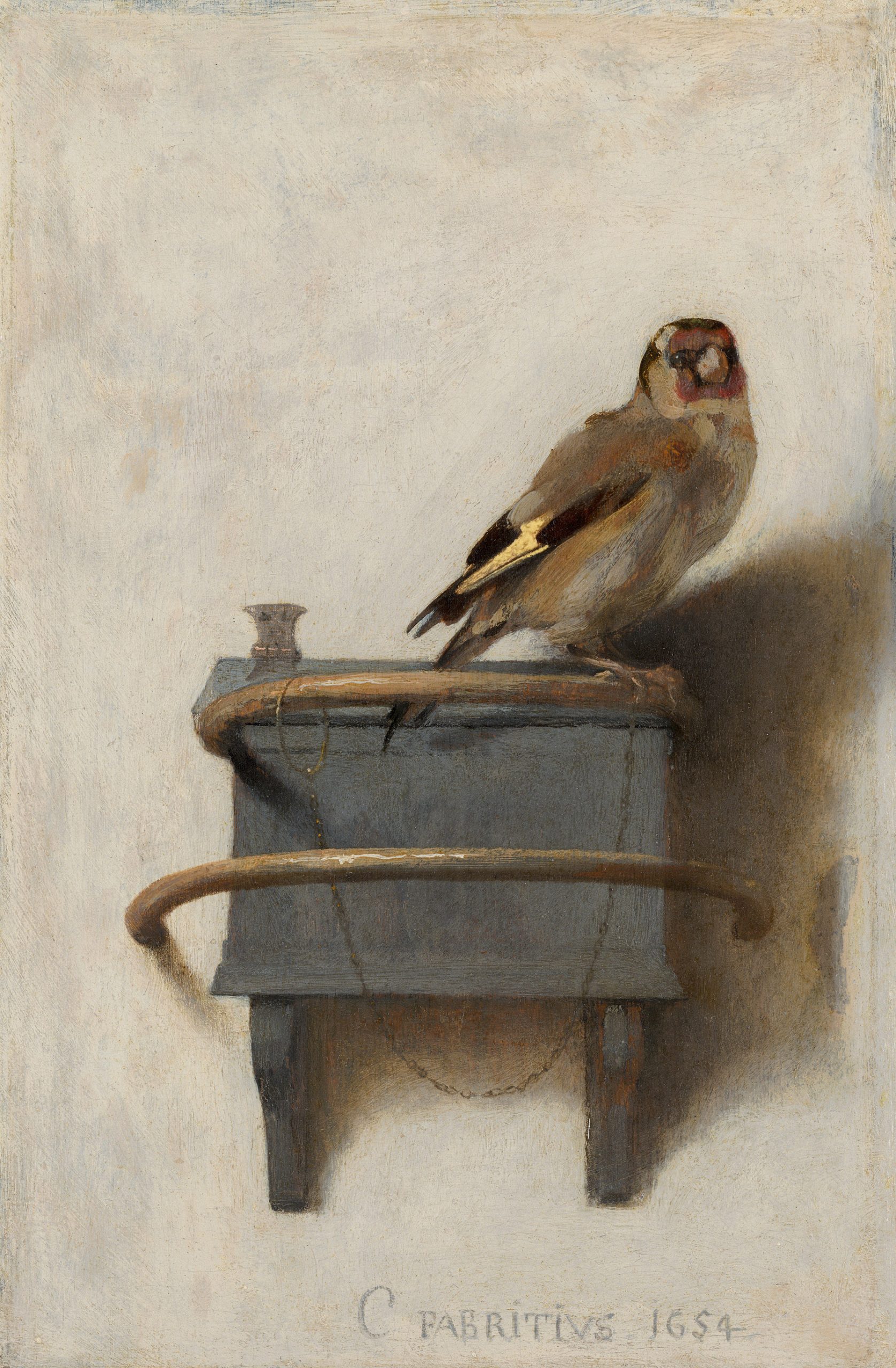

Sir Andrew Gregory on The Goldfinch by Carel Fabritius
‘The first impression is of a beautiful bird with a magnificent song that traditionally migrates south and whose return marks the arrival of warmer weather. And then you see the very fine chain, tethering this creature and removing its liberty.
‘It highlights the importance of protecting what we might take for granted, especially our freedoms. Both during my time in the British Army and now in SSAFA, this delicate, exquisite painting brings to life my values.’
Lieutenant-General Sir Andrew Gregory KBE CB DL has been CEO of SSAFA, the Armed Forces charity, since 2016 and is also master gunner, St James’s Park, Royal Regiment of Artillery.
John McEwen comments on The Goldfinch
Bestselling novels based on The Goldfinch and Vermeer’s Girl with a Pearl Earring have made these two paintings among the most famous in the world. In large measure, this is due to Théophile Thoré, pseudonym Willem Bürger (1807–69), scholar, collector, art agent and writer, who was responsible for rediscovering Vermeer and his apparent inspiration, Carel Pietersz, known as Fabritius (the carpenter). Today, Fabritius, a pupil of Rembrandt, is the vital link between the two most revered painters of Dutch art’s golden age.
Fabritius, son of a painter, died when much of Delft was destroyed by the explosion of a gunpowder store. The Goldfinch was painted that fatal year. In 1859, Burger (Thoré) wrote: ‘I have never heard mention in Holland of the paintings of Carel Fabritius, and I have only ever seen one, a small modest piece, but fine and indeed precious because of the signature of the man to whom Jan van der Meer [Vermeer] of Delft attached himself… It is a simple studio… study, after nature, of a goldfinch perched on his box, hung up on a pale wall, which recalls the clear pale backgrounds [unlike Rembrandt’s dark ones] that van der Meer seems to have liked. It is painted with beautiful touches, very strong in accent and luminous in colour.’
Thore later owned the painting. Viewed from a distance, The Goldfinch is suitably exquisite, close up, its jumble of ‘touches’ and strokes appear the masterly product of minutes. Before the novels, it used to hang on a landing; now, it and the Vermeer share what must, in consequence, be one of the most famous rooms in the world.
This is John McEwen’s last contribution to the Favourite Painting page after 13 years
Sign up for the Country Life Newsletter
Exquisite houses, the beauty of Nature, and how to get the most from your life, straight to your inbox.
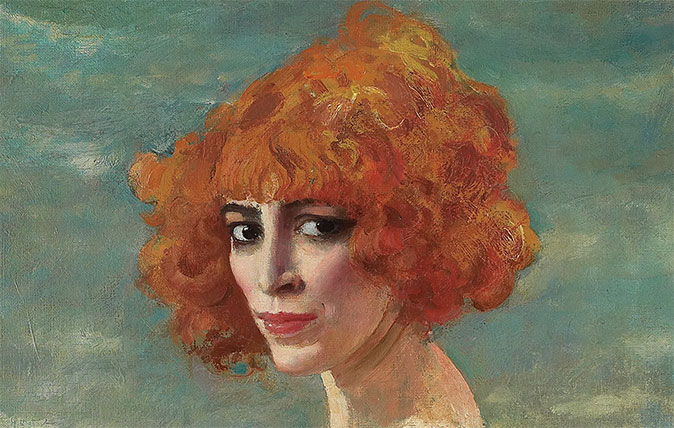
Credit: Bridgeman images
My favourite painting: Joanna Trollope
'It looks to me as if painter and subject were very well matched '
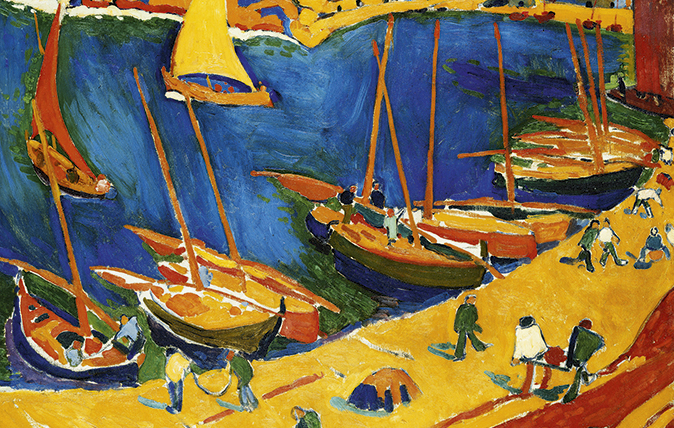
My favourite painting: Peter May
'Vividly coloured sailing boats in a harbour, which I gazed at for hours'
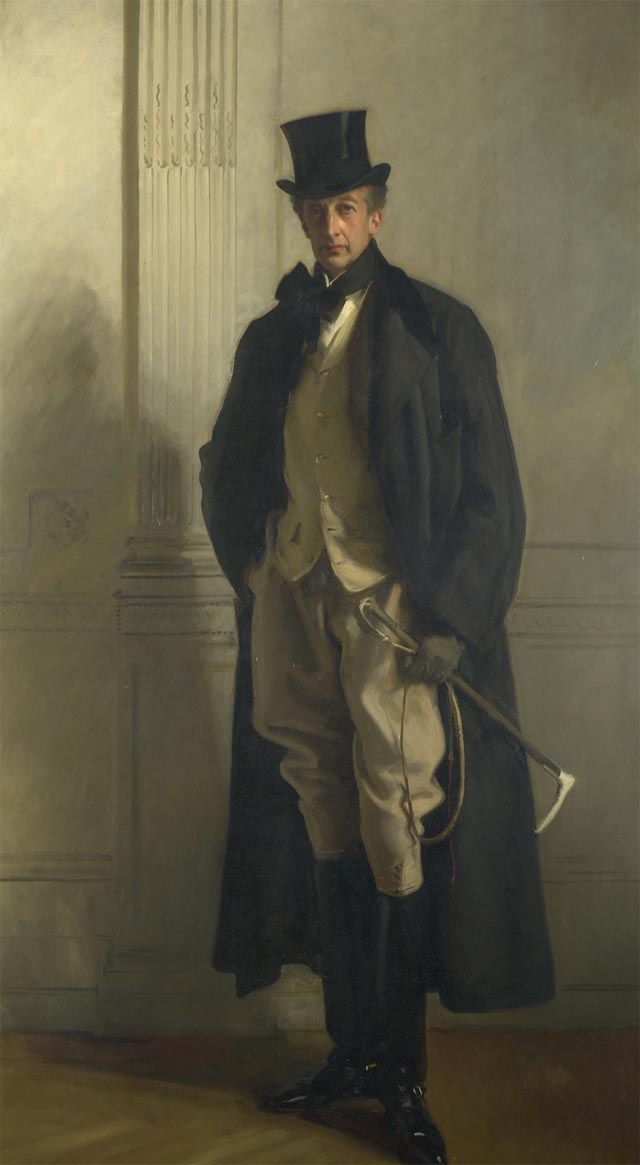
My favourite painting: David Starkey
David Starkey shares the one painting he would own, if he could
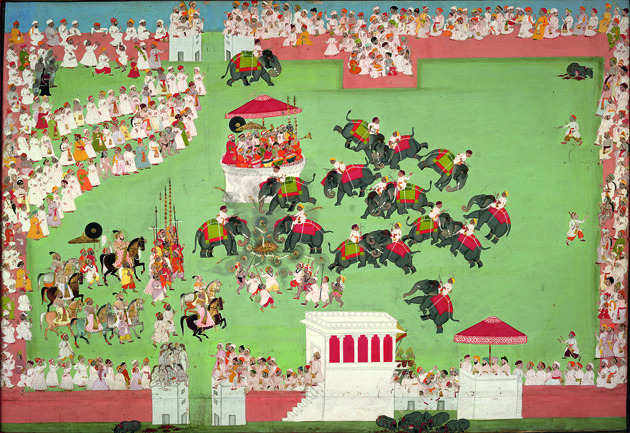
My favourite painting: Nicholas Coleridge
Nicholas Coleridge chooses Maharana Jagat Singh attending an elephant fight by Syaji and Sukha as his favourite painting
Country Life is unlike any other magazine: the only glossy weekly on the newsstand and the only magazine that has been guest-edited by HRH The King not once, but twice. It is a celebration of modern rural life and all its diverse joys and pleasures — that was first published in Queen Victoria's Diamond Jubilee year. Our eclectic mixture of witty and informative content — from the most up-to-date property news and commentary and a coveted glimpse inside some of the UK's best houses and gardens, to gardening, the arts and interior design, written by experts in their field — still cannot be found in print or online, anywhere else.
-
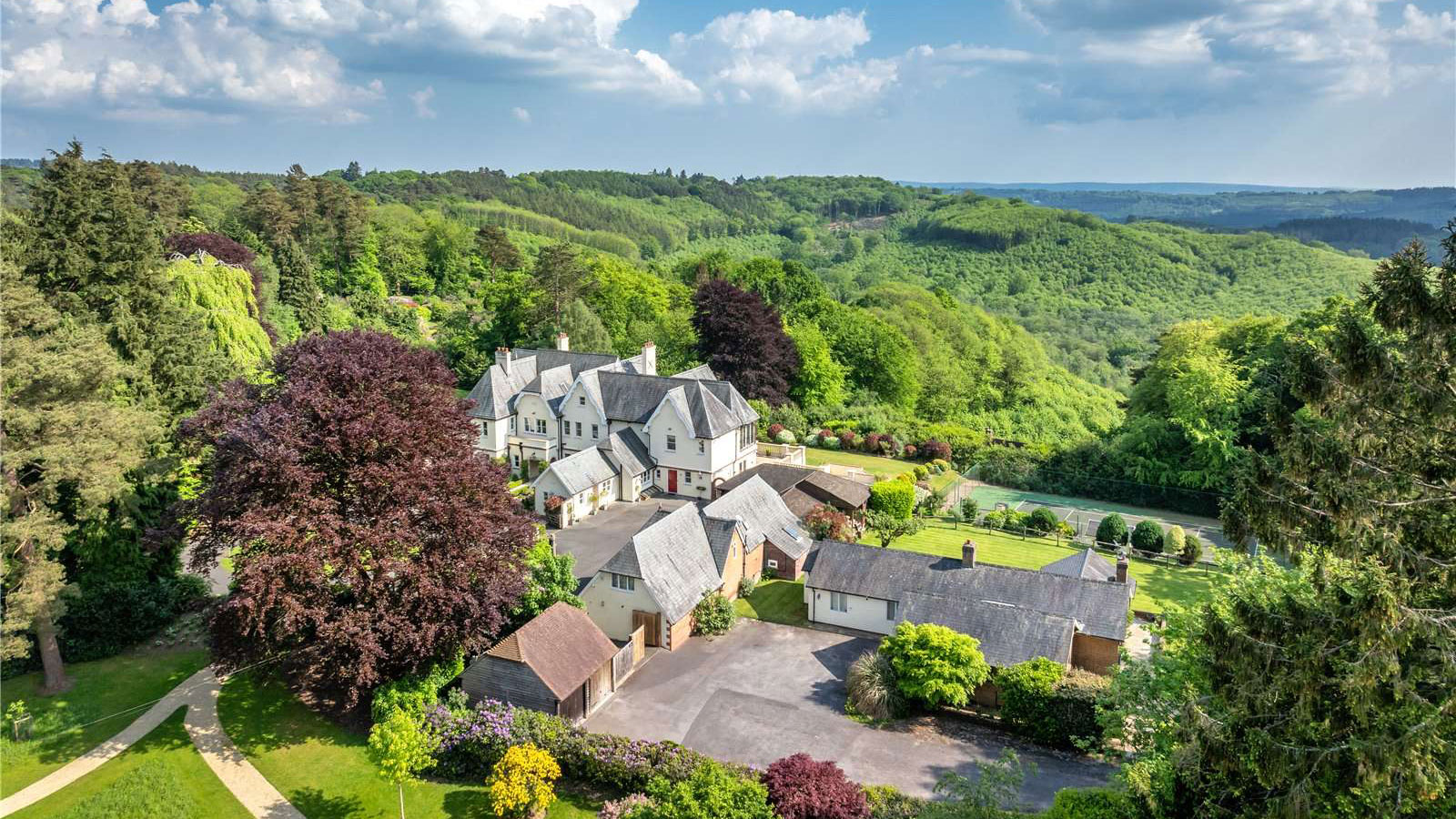 Six rural properties with space, charm and endless views, as seen in Country Life
Six rural properties with space, charm and endless views, as seen in Country LifeWe take a look at some of the best houses to come to the market via Country Life in the past week.
By Toby Keel
-
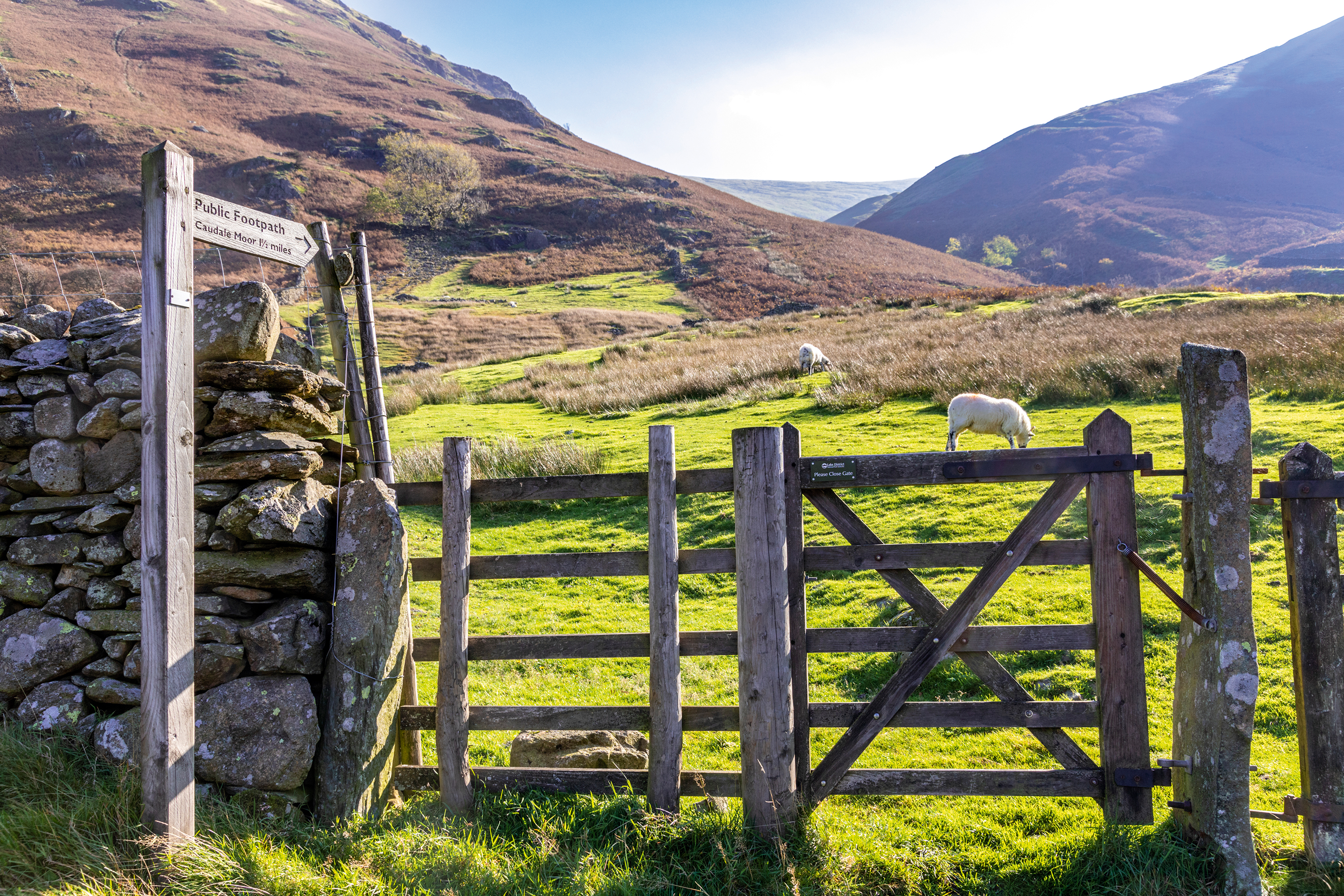 Exploring the countryside is essential for our wellbeing, but Right to Roam is going backwards
Exploring the countryside is essential for our wellbeing, but Right to Roam is going backwardsCampaigners in England often point to Scotland as an example of how brilliantly Right to Roam works, but it's not all it's cracked up to be, says Patrick Galbraith.
By Patrick Galbraith
-
 'As a child I wanted to snuggle up with the dogs and be part of it': Alexia Robinson chooses her favourite painting
'As a child I wanted to snuggle up with the dogs and be part of it': Alexia Robinson chooses her favourite paintingAlexia Robinson, founder of Love British Food, chooses an Edwin Landseer classic.
By Charlotte Mullins
-
 The Pre-Raphaelite painter who swapped 'willowy, nubile women' for stained glass — and created some of the best examples in Britain
The Pre-Raphaelite painter who swapped 'willowy, nubile women' for stained glass — and created some of the best examples in BritainThe painter Edward Burne-Jones turned from paint to glass for much of his career. James Hughes, director of the Victorian Society, chooses a glass masterpiece by Burne-Jones as his favourite 'painting'.
By Charlotte Mullins
-
 'I can’t look away. I’m captivated': The painter who takes years over each portrait, with the only guarantee being that it won't look like the subject
'I can’t look away. I’m captivated': The painter who takes years over each portrait, with the only guarantee being that it won't look like the subjectFor Country Life's My Favourite Painting slot, the writer Emily Howes chooses a work by a daring and challenging artist: Frank Auerbach.
By Toby Keel
-
 My Favourite Painting: Rob Houchen
My Favourite Painting: Rob HouchenThe actor Rob Houchen chooses a bold and challenging Egon Schiele work.
By Charlotte Mullins
-
 My Favourite Painting: Jeremy Clarkson
My Favourite Painting: Jeremy Clarkson'That's why this is my favourite painting. Because it invites you to imagine'
By Charlotte Mullins
-
 The chair of the National Gallery names his favourite from among the 2,300 masterpieces — and it will come as a bit of a shock
The chair of the National Gallery names his favourite from among the 2,300 masterpieces — and it will come as a bit of a shockAs the National Gallery turns 200, the chair of its board of trustees, John Booth, chooses his favourite painting.
By Toby Keel
-
 'A wonderful reminder of what the countryside could and should be': The 200-year-old watercolour of a world fast disappearing
'A wonderful reminder of what the countryside could and should be': The 200-year-old watercolour of a world fast disappearingChristopher Price of the Rare Breed Survival Trust on the bucolic beauty of The Magic Apple Tree by Samuel Palmer, which he nominates as his favourite painting.
By Charlotte Mullins
-
 My favourite painting: Andrew Graham-Dixon
My favourite painting: Andrew Graham-Dixon'Lesson Number One: it’s the pictures that baffle and tantalise you that stay in the mind forever .'
By Country Life